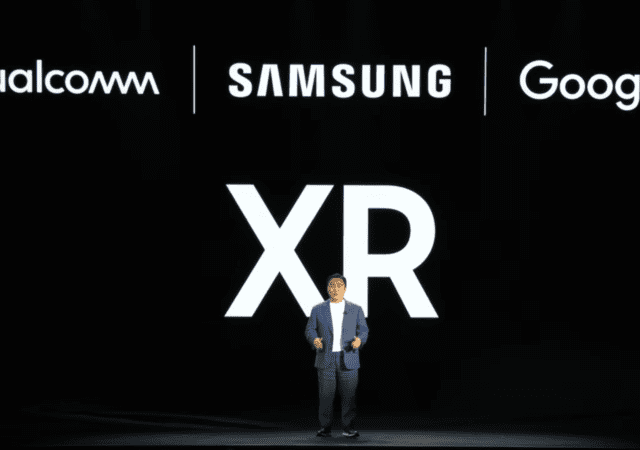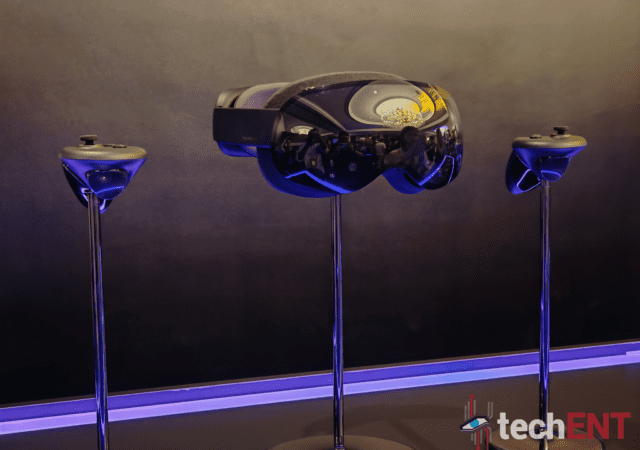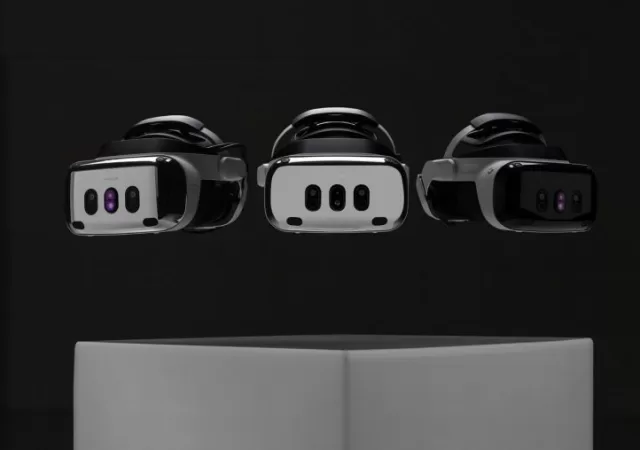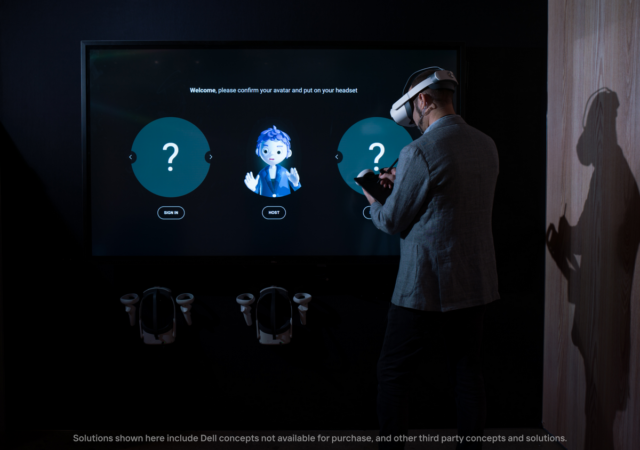Samsung teases an upcoming collaboration with Google that will bring a new XR headset to rival the Apple Vision Pro.
Play For Dream MR Takes on Apple’s Vision Pro at a Lower Price Point
Play for Dream Technology, a mixed reality company currently based out of China, is taking Apple’s Vision Pro head-on with its new Play for Dream MR. The new mixed reality headset is not only bringing a lot of the features…
OPPO Shows Off Air Glass 3 Concept at MWC 2024
OPPO showed off the Air Glass 3 concept device at MWC 2023 that brings a whole lot of improvements and AI-powered features from AndesGPT.
Here Comes A New Challenger! The Varjo XR-4 Could Rival Apple Vision Pro
The Apple Vision Pro may be getting huge competition from a Finnish company, Varja, as it releases a new XR headset – the Varja XR-4.
Concept Nyx and Explorations for the Future of Connection
Concept Nyx has been one of Dell’s most interesting developments in recent times but it’s only just the beginning.
Sony Launches New BRAVIA XR 4K TVs with “Cognitive Processor XR”
Sony launches their new BRAVIA XR TV series with Cognitive Processor XR for a more realistic, lifelike, and immersive TV experience.








